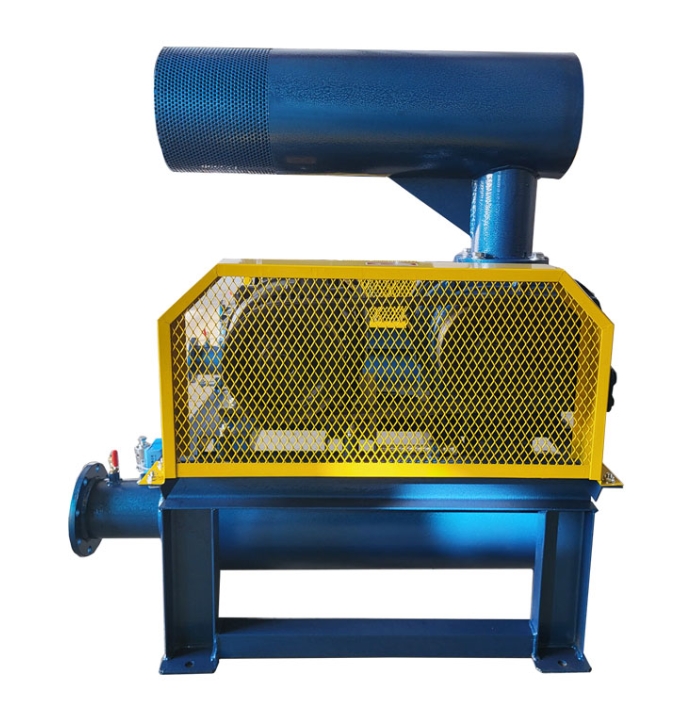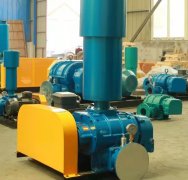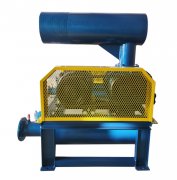Detailed explanation of Roots blower manual: from beginner to proficient user guide
The instruction manual for Roots blower is an important technical document for equipment use and maintenance, which systematically records the technical parameters, operating methods, and maintenance requirements of the equipment. Correctly understanding and using the instruction manual is of great significance for ensuring equipment operation and extending its service life.
The core content composition of the manual
A complete Roots blower manual usually includes the following main parts: the technical parameters section details the performance indicators of the equipment, including key parameters such as air volume, pressure, power, and speed. The structural description section introduces the composition and structure of the device through diagrams and text, helping users understand the functions and roles of each component.
The installation guide chapter provides detailed installation steps and requirements, including basic fabrication, equipment placement, pipeline connection, and other related content. The operating specifications section explains the startup, operation, and shutdown procedures of the equipment, as well as the monitoring points during normal operation. The maintenance chapter specifies the content and methods of daily maintenance and regular inspection.
Key points for interpreting technical parameters
When reading technical parameters, special attention should be paid to the testing conditions corresponding to the parameters. The air volume parameters are usually labeled with values under standard conditions, and in practical use, they need to be converted according to the medium state. Pressure parameters should distinguish between rated pressure and working pressure to ensure that the equipment operates within the allowable range.
The power parameters include shaft power and matching motor power, and when selecting, it is necessary to ensure that there is an appropriate margin for motor power. The speed parameter is related to the service life of the equipment, and long-term overspeed operation should be avoided. The noise index is measured under specific conditions, and the actual value may vary depending on the installation environment.
Installation precautions
The instruction manual has clear requirements for the installation environment. The equipment foundation requires sufficient strength and stability, and the concrete grade and flatness must comply with regulations. The installation space should ensure sufficient distance for operation and maintenance, and the ventilation conditions should meet the requirements for heat dissipation.
Pipeline installation should follow the instructions in the manual. Imported pipelines should be kept as short and smooth as possible to avoid sharp bends and sudden changes in cross-section. The outlet pipeline should be properly supported to prevent weight from directly acting on the casing. The installation position of valves and pressure relief devices should comply with the specifications.
Operation and usage standards
Before starting the equipment, it should be checked according to the instructions. Confirm that the rotation direction is correct, the lubricating oil level is appropriate, and all connecting parts are tightened. The first start-up should follow a gradual process of jogging, no-load, and load, and observe the operating status of the equipment.
During operation, important parameters should be closely monitored. The current value reflects the load situation of the equipment, the pressure gauge displays the system resistance, and the thermometer monitors the temperature of the bearings and lubricating oil. Promptly handle any abnormalities found to avoid running with problems. When shutting down, the load should be unloaded first, and then the power should be cut off.
Maintenance requirements
Daily maintenance includes regular checks of oil level, cleaning of filters, and fastening of connectors. To establish maintenance records and track changes in equipment status. Regular maintenance involves lubricating oil replacement, gap inspection, component replacement, and other work, which must be strictly carried out according to the cycle and requirements of the manual.
Long term disuse should be maintained according to the instructions. Including measures such as draining accumulated fluid, rust prevention treatment, and regular turning. Before re enabling, a check should be conducted to confirm that the device is in normal condition. These measures can effectively prevent equipment from being damaged due to long-term idle.
Troubleshooting Guide
The manual usually lists common fault phenomena, cause analysis, and handling methods. When there is an abnormality in the device, preliminary diagnosis and handling can be carried out according to the instructions. For complex faults, it is recommended to contact professionals for repairs.
The precautions run through each chapter of the manual. Including requirements for installation, operation, maintenance, and other aspects. Users must strictly comply with these regulations to ensure personnel and equipment. Especially in terms of electrical requirements, they must be strictly enforced.
In short, the Roots blower manual is an important basis for equipment use and maintenance. Users should carefully read and understand the contents of the manual, and strictly follow the requirements for operation and maintenance. At the same time, the instruction manual should be properly kept for easy reference at any time. Only in this way can the performance of the equipment be fully utilized to ensure reliable operation.



